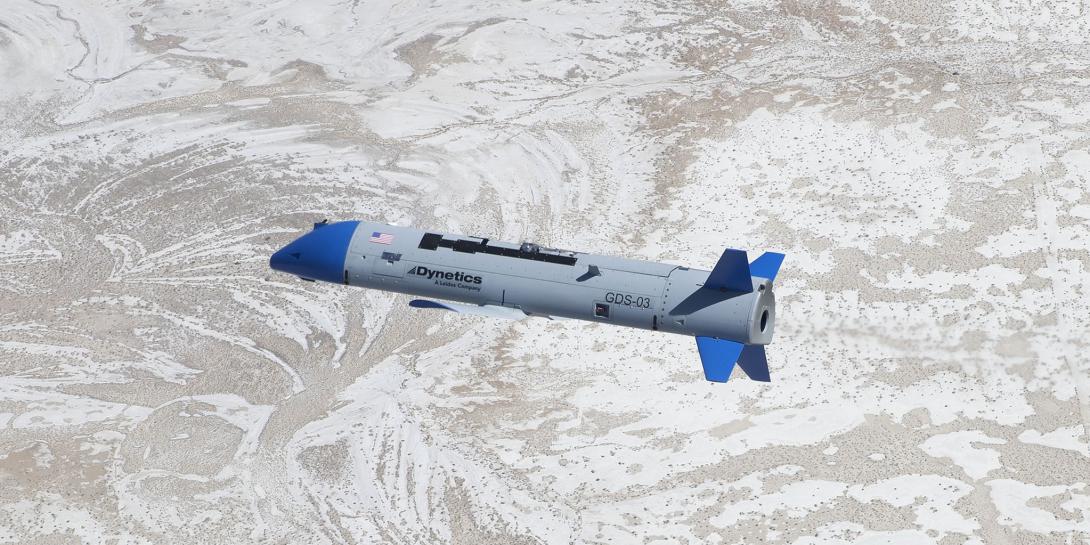DARPA’s Gremlins Pass Second Flight Test
DARPA’s Gremlins program is targeting additional tests of the X-61A vehicle later this year after meeting several primary objectives during risk reduction flights at the U.S. Army’s Dugway Proving Ground in Utah in late July. The Gremlins program seeks to develop and demonstrate air launch and air recovery of up to four unmanned aerial systems (UASs), known as Gremlins Air Vehicles, within 30 minutes.
Mission flexibility and affordability are the key attributes for the Gremlins system, which would launch groups of UASs from multiple types of military aircraft while out of range from adversary defenses. The Gremlins program is using a C-130 as the demonstration platform, but the recovery system is designed to be easily modified and compatible with a wide array of transport aircraft and weapons systems. Once Gremlins complete their mission, the transport aircraft would retrieve them in the air and carry them home, where ground crews would prepare them for their next use within 24 hours.
Over several days, the team completed multiple captive flight tests of the Gremlins air vehicle ground and recovery systems, including demonstration of a recovery system safely retrieving and stowing the air vehicles. The team also conducted a controlled launch of the air vehicle, flying for more than two hours and performing rendezvous and autonomous formation station keeping between the air vehicle and a C-130 at separation of 125 feet.
The flight tests in July follow the first flight test in November, during which the program completed one captive-carry mission, and an airborne launch and free flight lasting more than an hour-and-a-half.
“The air vehicle performed beautifully from launch through mission modes, and the consistency between the flight tests in November and July increases confidence in the X-61A,” Scott Wierzbanowski, the Gremlins program manager in DARPA’s Tactical Technology Office, says in a DARPA press release. “However, we made a decision to delay the first air recovery attempt and instead focus on key risk reduction activities to better ensure a smooth air recovery test later this year.”
The program is planning for flight tests to resume in October with the key objective to recover first one, and then two, air vehicles in the same flight. By the end of the calendar year, the program aims to complete the test series, culminating with airborne recovery of four Gremlins within 30 minutes. This final demonstration will showcase the capability of safe, effective and efficient air recoveries, revolutionizing the application and utility of attritable UAVs.
Gremlins can incorporate several types of sensors up to 150 pounds and can integrate technologies to address different types of stakeholders and missions.
A Dynetics-led team is the performer for the Phase 3 demonstration series. DARPA is currently in negotiations for the fourth phase of the program to demonstrate the technology in an operationally relevant environment.





Comment
This is amazing! Great job.
This is amazing! Great job. To infinity and beyond
Comments